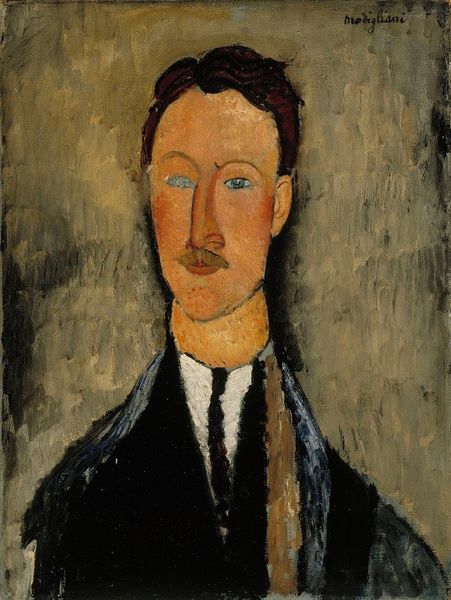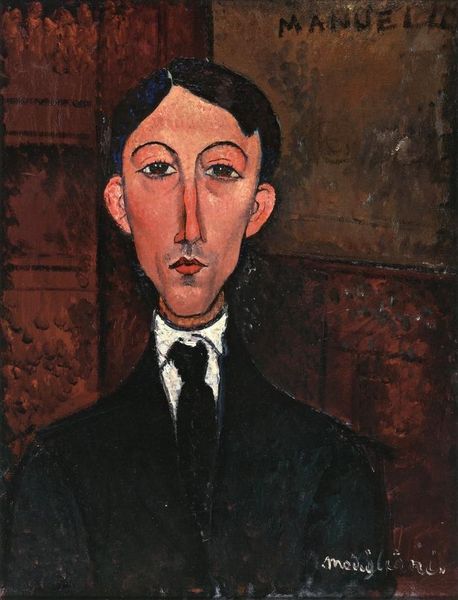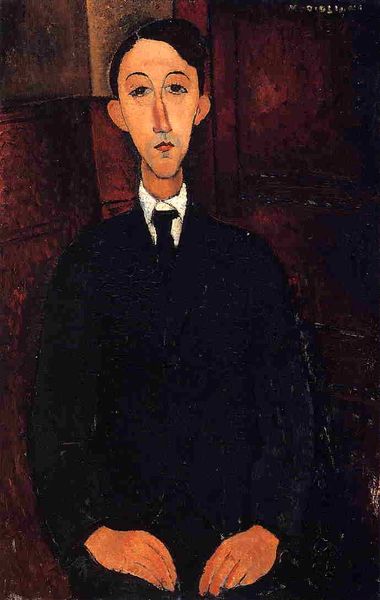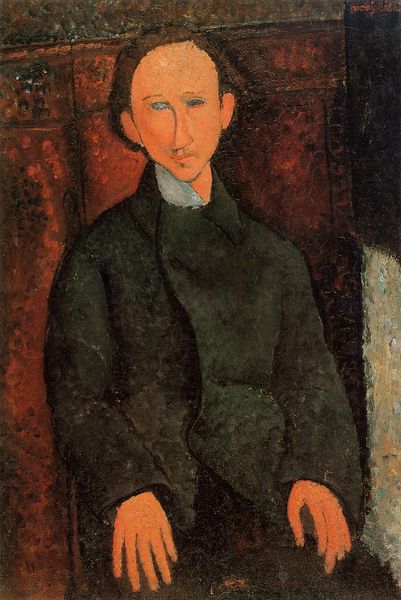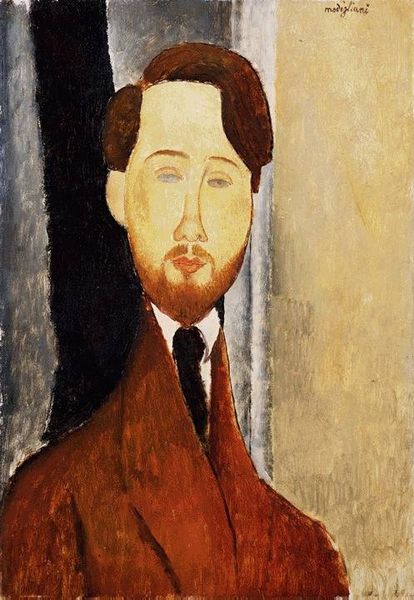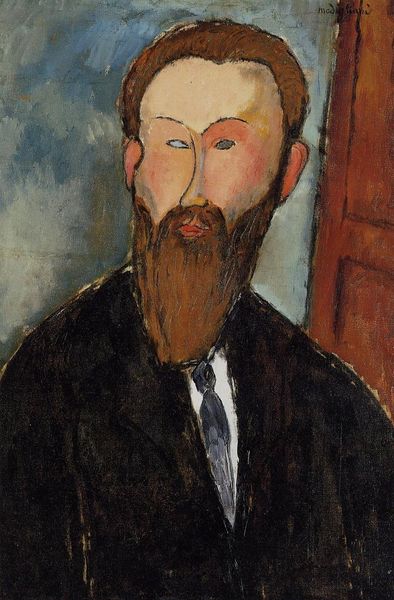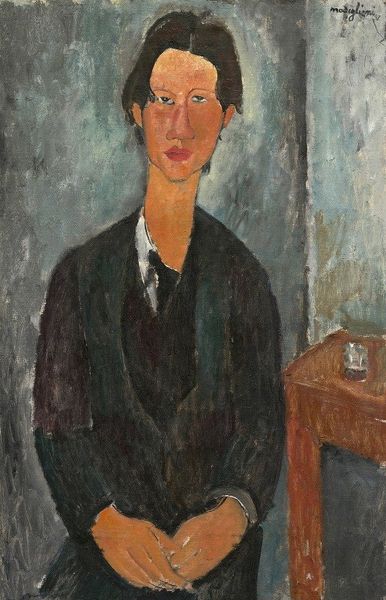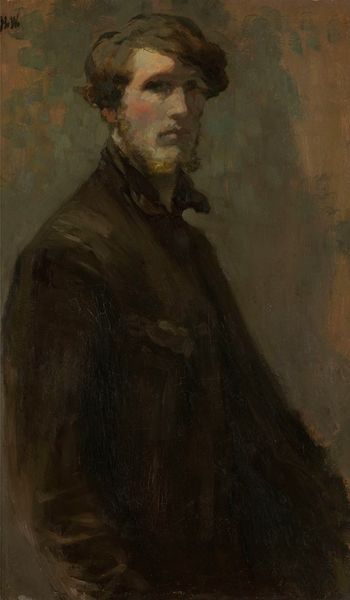
painting, oil-paint
#
portrait
#
painting
#
oil-paint
#
oil painting
#
intimism
#
ashcan-school
#
modernism
Dimensions: 107 x 66 cm
Copyright: Public domain
Editor: This is Amedeo Modigliani's "Portrait of Leopold Zborowski," painted in 1917. I'm struck by how elongated and almost melancholic the figure appears. What can you tell us about it? Curator: This painting offers a fascinating glimpse into the artistic and social circles of early 20th-century Paris. Zborowski was Modigliani’s art dealer and a poet himself, so this portrait represents more than just an individual likeness. It speaks to the power dynamics within the art world and how patronage shaped artists' careers. Consider, how might Zborowski's own literary interests influenced the tone and style of his portrait? Editor: That's interesting! So, you're saying this isn't just a portrait of a man, but also a reflection of their relationship and the art market itself? Curator: Precisely. Modigliani's distinctive style, with its simplified forms and mask-like faces, challenges traditional portraiture. It coincided with a time when ethnographic objects, largely taken from colonized countries, were displayed in museums across Europe. It leads us to wonder about cultural appropriation. How do these flattened features intersect with debates on primitivism circulating at the time, and who was able to access and control visual culture? Editor: I never thought of it that way before. The museum context really shifts my understanding. Curator: And how does MASP acquiring and displaying the artwork add another layer to its story and the politics of representation today? Editor: It highlights how art moves through different cultural spaces, taking on new meanings. It really underscores the evolving public role of art. Curator: Indeed. It prompts us to constantly re-evaluate the narratives embedded within these objects. Editor: I'm definitely seeing much more than just a portrait now. Thanks!
Comments
No comments
Be the first to comment and join the conversation on the ultimate creative platform.

